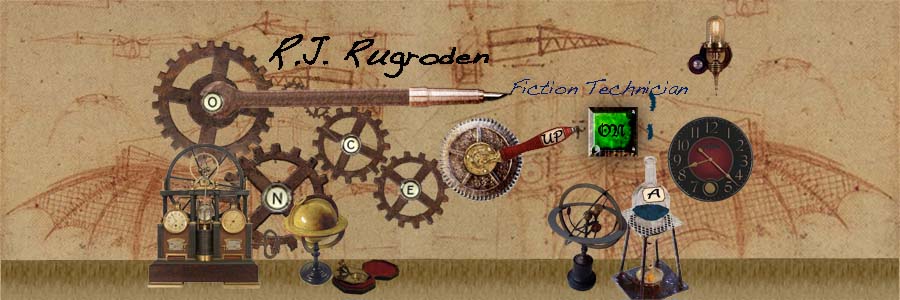Something I've learned since posting that:
If a comparison has the word 'like' in it, it's a simile and not a metaphor.
Example:
The weather was like a wet blanket. = simile. The day is not actually a wet blanket, but it is just like one, it is similar to one. I use like when the metaphor I want doesn't quite match up in every obvious way to what I'm comparing it to.
Example #2:
The weather was a wet blanket. = We have a Metaphor! We all know the weather cannot be a literal blanket. (Though it can be wet.) So we know it's a metaphor, even though the speaker is telling us the weather WAS a wet blanket. Herein lies the power of metaphors: You are making a comparison and claiming that one object is actually another. It says that the weather was so much like a wet blanket, that it could actually be called one, instead of muddying up the comparison by making the reader think about why the weather is only 'like' a wet blanket and thinking about all the ways in which it is not. The switch over from 'like' to 'is' can be very satisfying, and offers a more punctuated picture to the reader.
If you are very good at building a suspension of disbelief for your readers, metaphors in place of similes are awesome. Similes can sometimes break that carefully formed bubble you've created for your readers by making them think about 'like, but not exactly as', when you want them to think about what is.

:D I was just explaining the difference between metaphors and similes to my husband last week. It's a great point you make that building a certain emotion in your story will benefit from use of a metaphor instead of a similes. I'm going to keep a lookout for that in my stories. Have a great weekend!
ReplyDeleteSo you are essentially saying that to say that a simile is LIKE a metaphor is actually a simile of a metaphor, but to say that a simile IS a metaphor is a metaphor of a simile. Yes? Ah, Friday... it's a good day for meta-metaphorical thought. ;)
ReplyDeleteHey Cindy! Good to see you here!
ReplyDeleteChad: You are correct. Thank you for that summarization. :) Although, saying that a simile IS a metaphor is a metaphor of a simile only works if the audience knows beyond the shadow of a doubt that a simile can definitely NOT be a metaphor in the literal sense. They would have to know you were making a comparison instead of simply stating a fact.